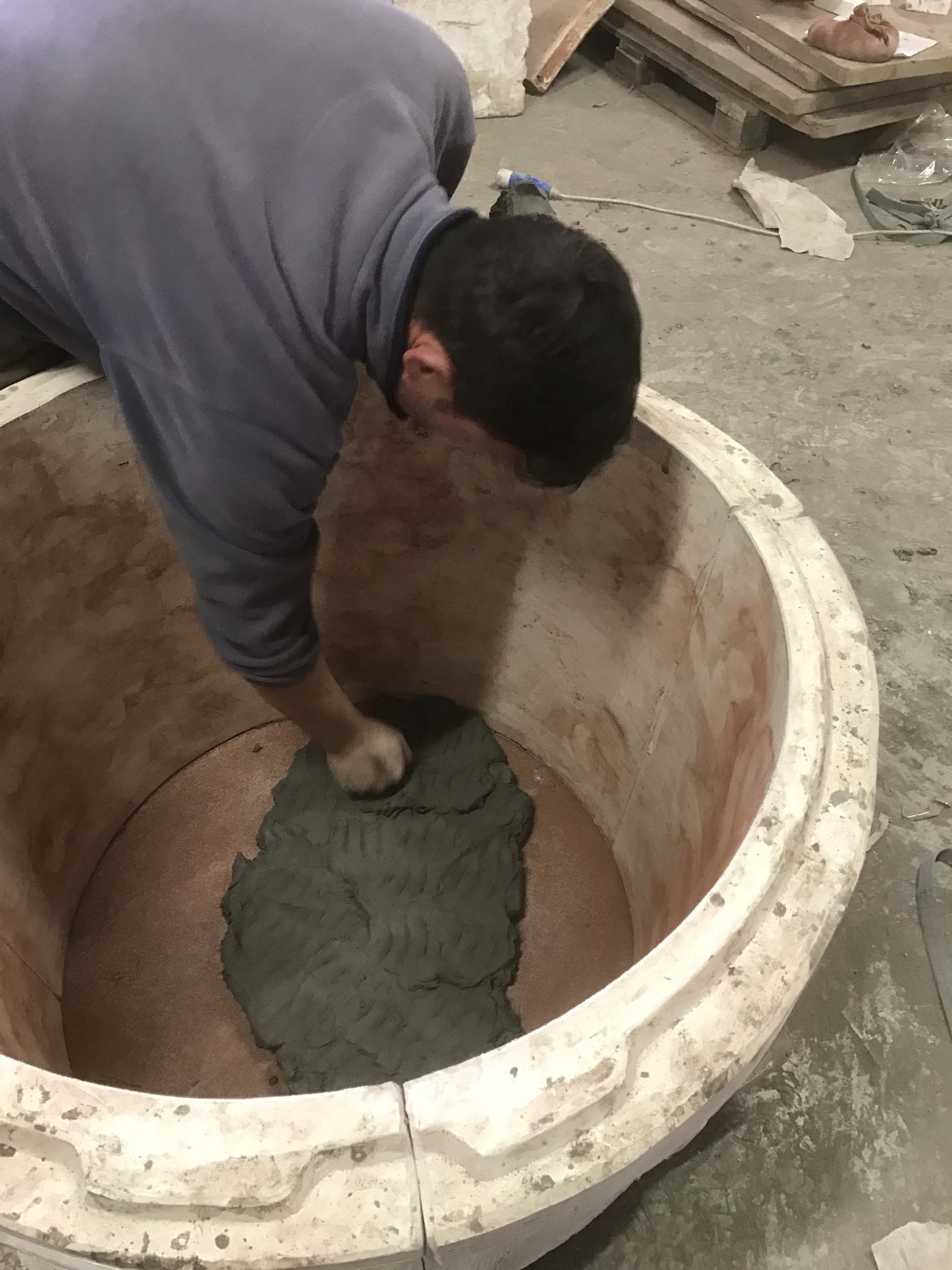
In order to start up production of our design in the famous “Terra Forte ®” clay, we had to transform the original drawings on paper into a real 3D forms, the positives. Based on the positives, the plaster moldings have been produced. Once moldings are ready, the unique process of traditional craftmanship at the famous Francesco del Re factory could start.
The “Terra forte®” clay we are using is unique in this world. Only possible to be used by the human hands of the craftsman, with all the know-how, patience and passion, building up each pot hand by hand. The craftsman who is building up the pot has the clay minerals on his hands, so possible you may notice his fingerprints on the pot you are receiving.
We have 3 different colors/patina’s what are available for production. First one is the “Natural”, pure Terra Forte red clay color. But by adding natural, all non-toxic mineral pigments to the fresh Terra Forte clay, we can produce “Grigio”, taupe/grey color and “Nero” black, by applying mineral oxides on the outside of the pot before firing. Please know that all added pigments are non-toxic.
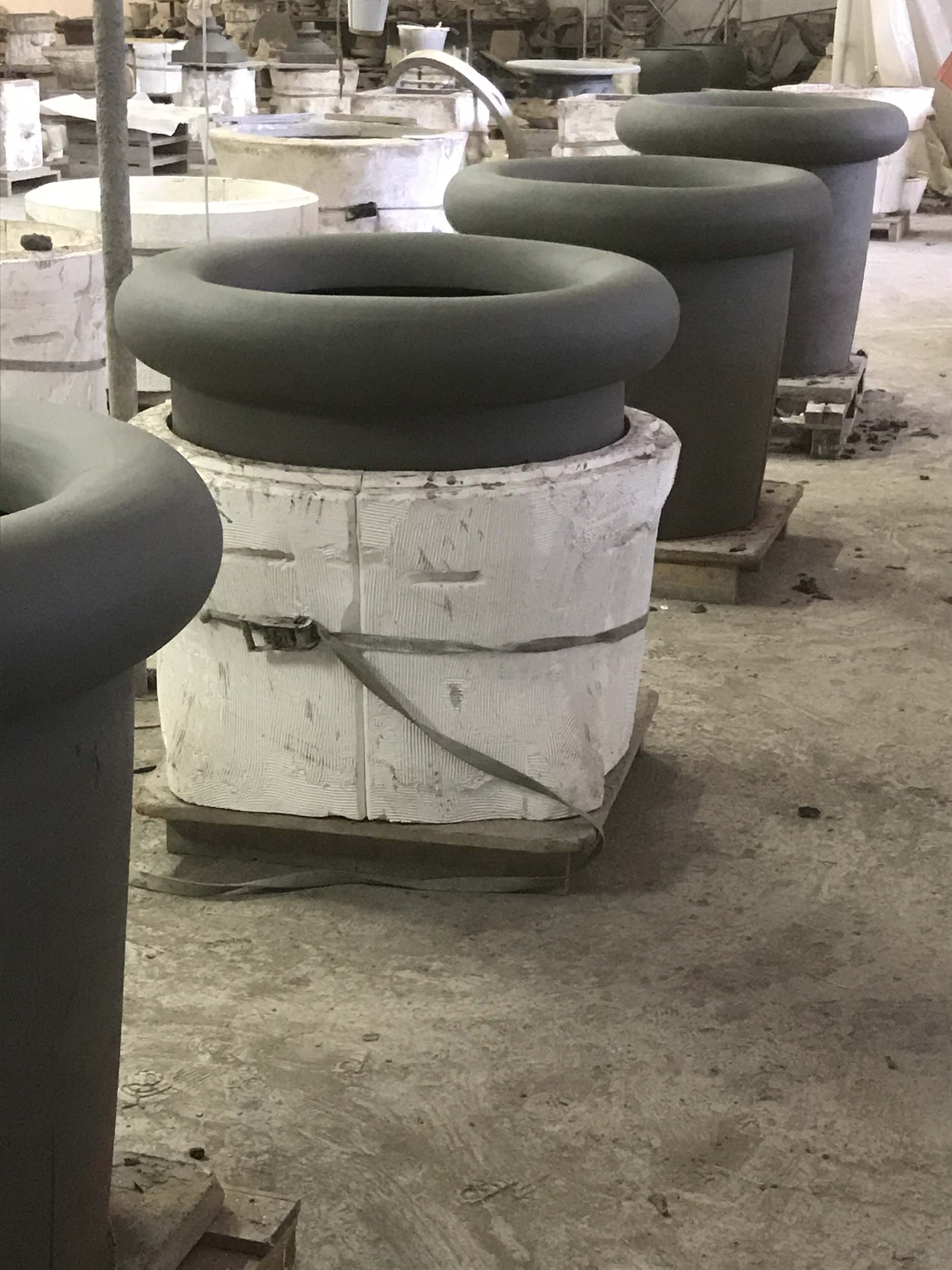
Once the craftsman has started to build up the pot hand by hand, a process of about 8 to 10 weeks has started. Drying of the pots before being cooked is a delicate process, time-consuming and depending on many factors like temperature and humidity. During the drying process the clay shrinks by about 10% and this adds difficulty and requires delicacy in the drying process.
Once completely dry, firing in the oven is taking 7 days. This in order the pots can be cooked at high temperature, what this material can resist and what is making our pots resistant to cold temperatures and erosion.
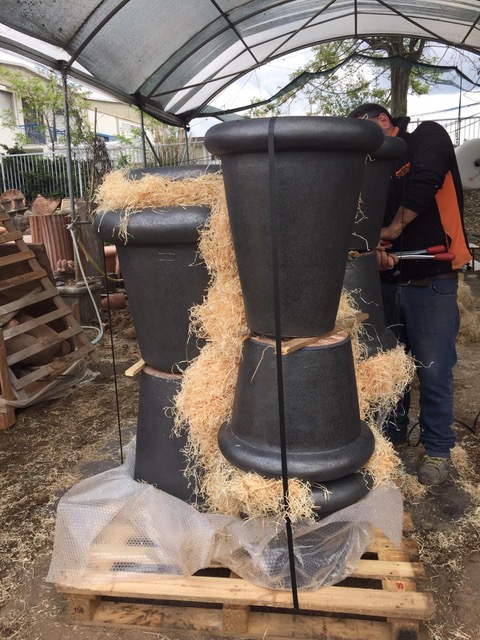
Once cooking is finished, and pots are unloaded out of the oven, all pots need to take a bath in pure water for some hours. When coming out of the water, they are 100% resistant to frost, (down to -35 ° C), salts and erosion, and ready to pack.
Packing is also real craftsmanship, done hand by hand. You will discover for sure when you unpack the pallet by receiving your order.
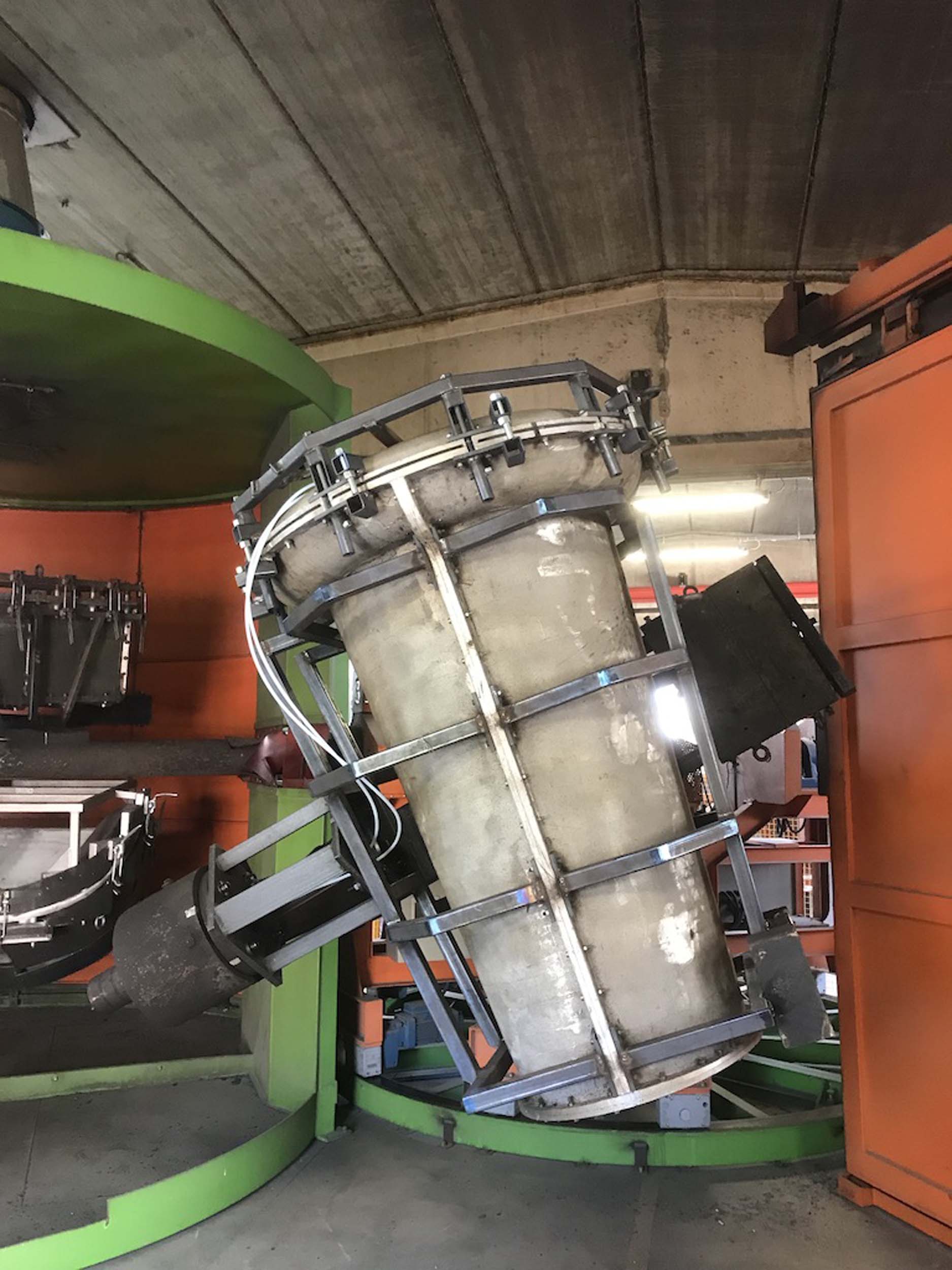
In order to start up production of our design in this high-quality polyethylene, we had to transform the original drawings on paper into a real 3D forms, the positives. Based on the positives, the aluminum moldings have been produced to what we call the negatives.
Once moldings are ready, the specific process of rotational molding can start.
Rotational molding is an industrial technique that allows the production of our pots in a “double wall” structure with an internal hollow in between and requires a great deal of ability and manual skill on the part of specialized technicians.
The rotational molding process used for the production of our pots, is based on many years of experience and know-how of the Serralunga specialized technicians, respecting all rules of the work to do.

After loading a measured quantity of polyethylene powder into the mold, closing the mold, all is ready to start. The arm on the machine will bring the mold into the heating part of the system.
Heating the mold in the oven while it rotates, needs to continue until all the polyethylene powder has melted and adhered to the mold wall. Thanks to fusion and the combination of a rotary action caused by mechanical arms with the force of gravity, the polyethylene is distributed uniformly on the walls. The length of time the mold spends in the oven is critical and well calculated by the technicians. When heating time is over, the mold is transferred to a cooled environment of the system.
There, air is used to cool the mold and the molten polyethylene. The cooling process continues until the polyethylene has solidified and the pot maintains its form.
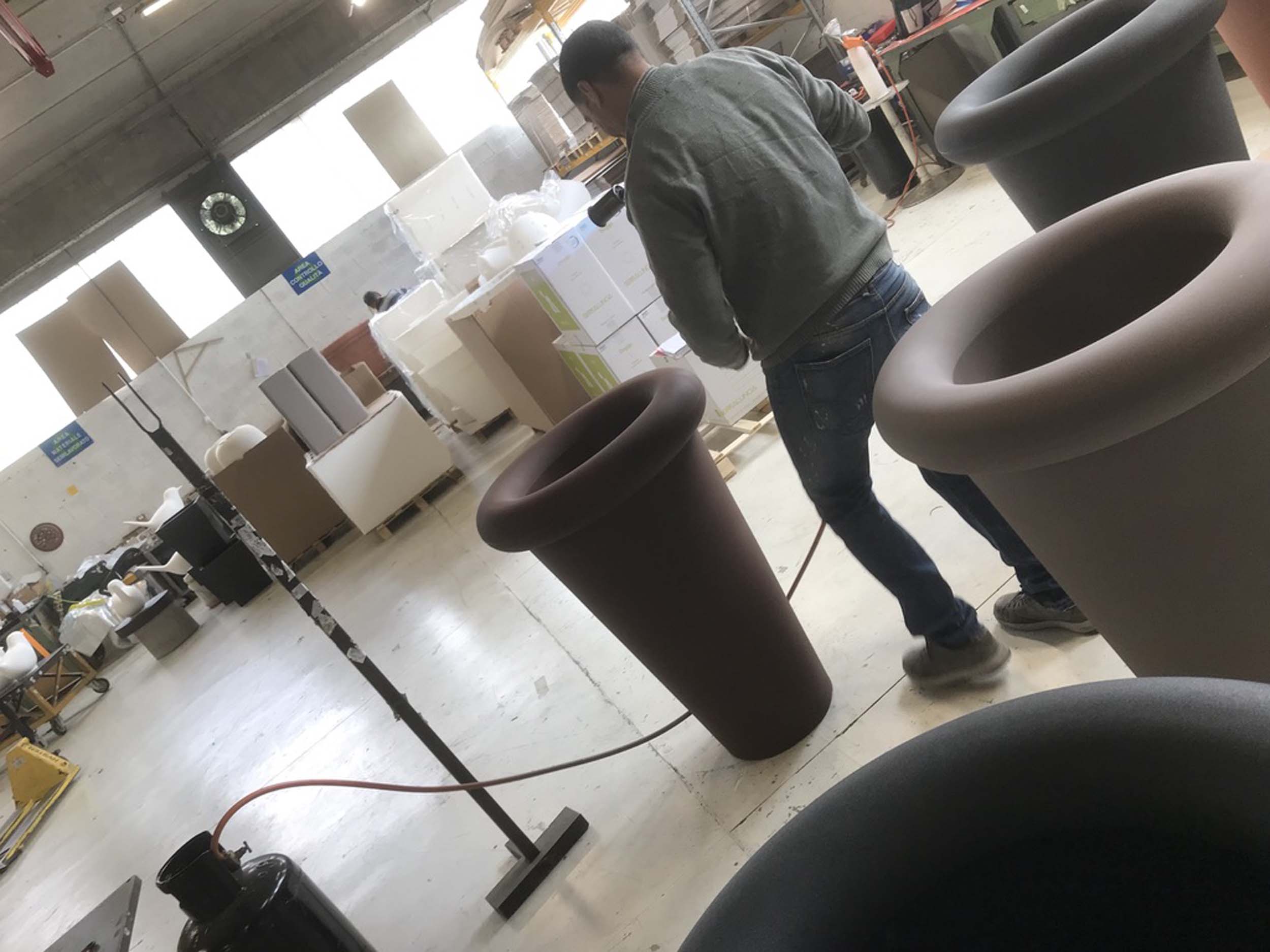
The last step sounds easy, but care must be taken to ensure the pot is leaving the mold easily, and without being damaged. The technicians are doing this manually until they have the pot in their hands. So, proper demolding is critical to guarantee the high-quality and finish of the pot. Once the pot has been removed from the mold, it is time for final finishing, inspection and assembly of the drainage system. From this moment, technicians are working with white gloves in order to bring a perfect pot to the packaging area, where all will be prepared for pick up by the transporter.